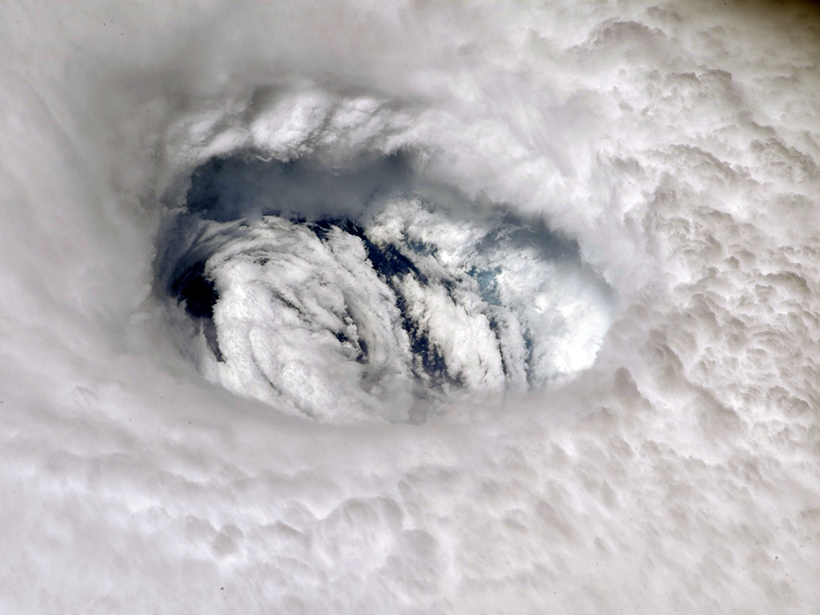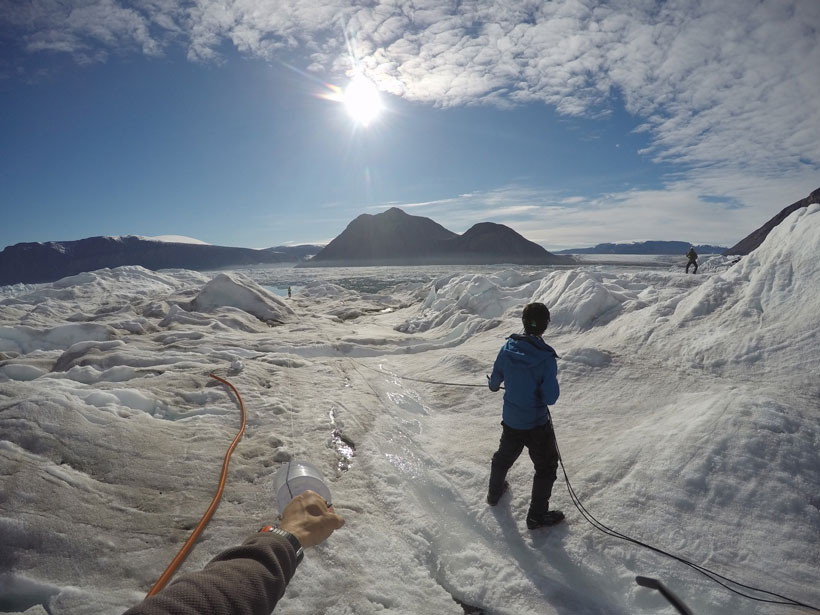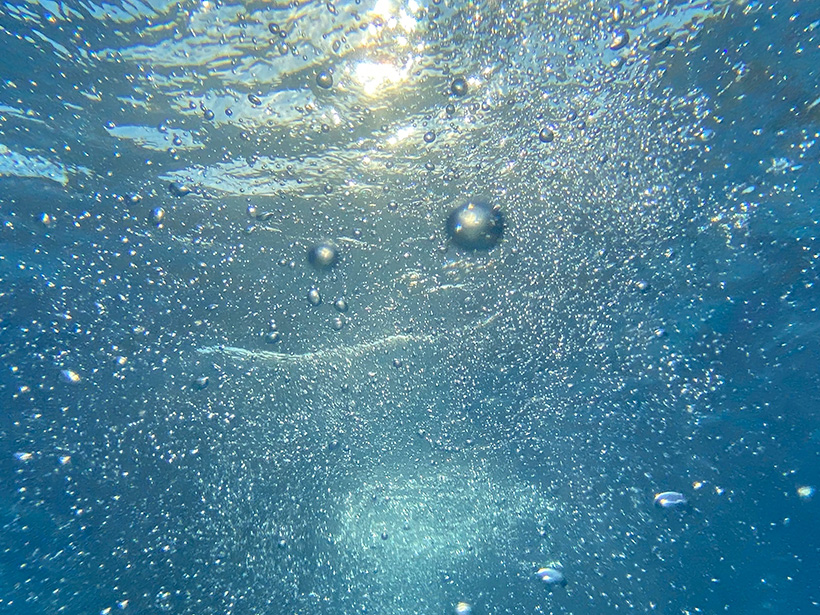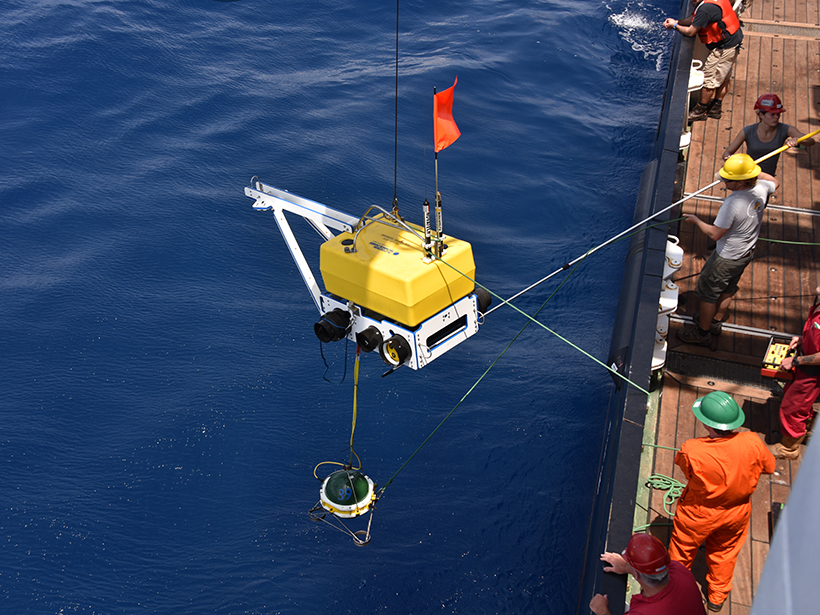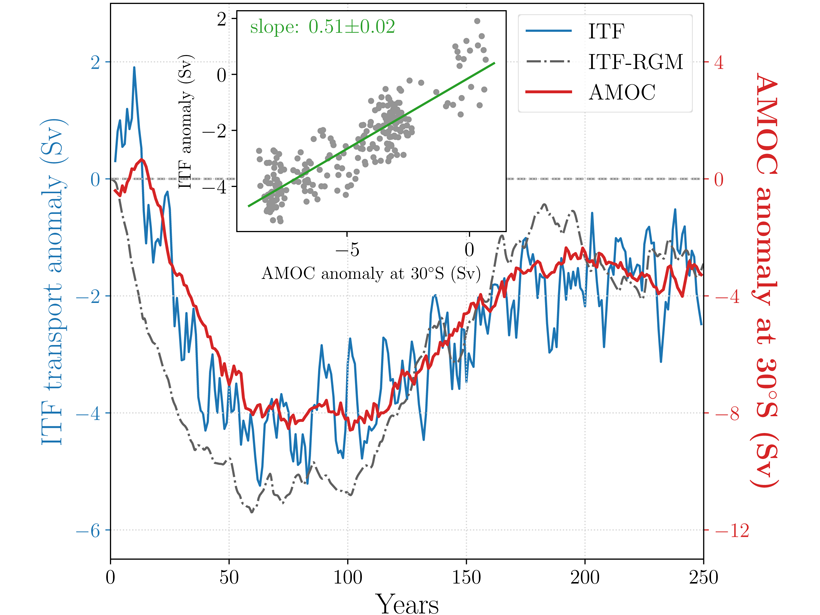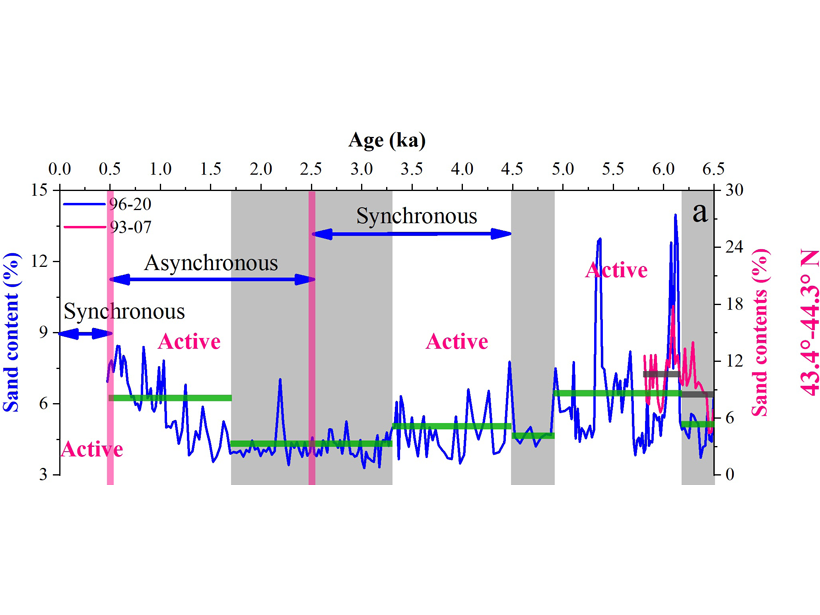Get ready for another above-average hurricane season, but it likely won’t be as busy as last year.
Atlantic Ocean
The Chaos Beneath a Glacier’s Calving Front
For the first time, researchers have captured continuous data on the abrupt changes and activities happening at a glacier’s calving front.
Tracking Oxygen in the Sargasso Sea’s 18 Degree Water
Biogeochemical floats provide an improved picture of ocean mixing and oxygen movement in the North Atlantic Ocean.
Rethinking Oceanic Overturning in the Nordic Seas
Recent research offers new insights into exchanges of water between the North Atlantic and the Nordic Seas, which play critical roles in the climate-regulating Atlantic overturning circulation.
A New Understanding of the Mid-Atlantic Ridge and Plate Tectonics
The first seismic data obtained directly from the Mid-Atlantic Ridge suggest that upwelling may contribute to seafloor spreading.
What Causes Centennial Changes in the Indonesian Throughflow?
Transient long-term changes in the strength of the Indonesian Throughflow are unexpectedly linked to circulation changes in the remote high-latitude North Atlantic.
Coastal Brazil Is Likely to Face More Heat Waves and Droughts
In 2014, São Paulo experienced its greatest water crisis ever, caused by an intense drought. New research indicates that it is likely to happen again and be even more severe.
Sea Level Rise May Erode Development in Africa
The continent is enduring some of the highest global sea level rise. A new report identifies the western coast as particularly vulnerable to coastal erosion and saltwater intrusion.
Abrupt Climate Shifts Change the Latitudes of Storm Activity
A new 6500-year construction of storms combined with other paleo-storm records finds abrupt changes in the Atlantic Ocean circulation impact the latitudinal preference of storm activity.

